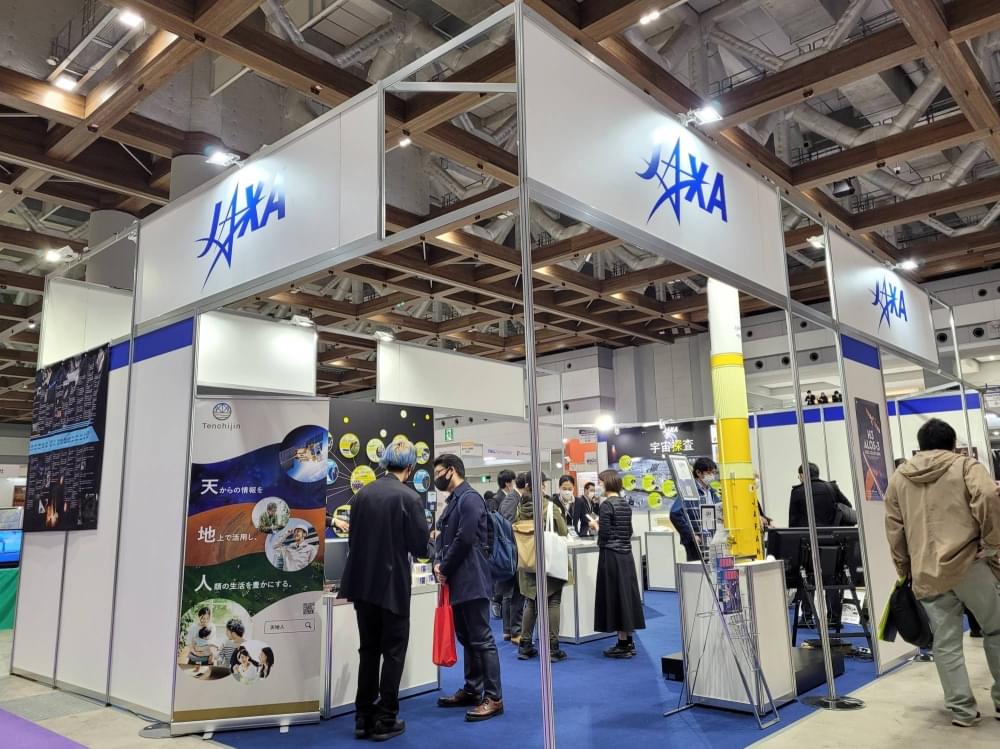👉For business inquiries: [email protected].
✅ Instagram: https://www.instagram.com/pro_robots.
DARPA: robots and technologies for the future management of advanced US research. DARPA military robots. DARPA battle robots. Military technologies DARPA. Battle robots of the future. Technologies of the future in the US Army.
0:00 Introduction.
01:03 DARPA mission.
01:30 Project ARPANET
02:09 First “smart machine” or robot.
03:05 The first self-driving vehicles and the first Boston Dynamics robot.
03:31 DARPA robot racing.
04:08 First Boston Dynamics Big Dog four-legged robot.
04:43 Energy Autonomous Tactical Robot Program.
05:00 Engineering Living Materials Program.
05:45 Spy Beetles — Hybrid Insect Micro-Electro-Mechanical Systems.
06:03 Robot Worm — Project Underminer.
06:23 DARPA — The Systems-Based Neurotechnology for Emerging Therapies.
06:57 Robotic pilots with artificial intelligence.
07:30 Artificial Intelligence Combat Air System — Air Combat Evolution.
08:14 UNcrewed Long Range Ships — Sea Train.
09:24 Project OFFSET
10:15 Project Squad X
10:47 Battle of human robots on DARPA Robotics Challenge.
Defense Advanced Research Projects Agency, abbreviated DARPA, or the Office of Advanced Research Projects of the U.S. Department of Defense, was established in 1958, almost immediately after the launch of the USSR Sputnik-1. The realization that the Soviets were about to launch into space not only satellites, but also missiles, greatly cheered up the government of the United States. The result was the creation of a unique agency with a huge budget, which could be spent at its own discretion. Watch a selection of the most unexpected, strange and advanced projects in the field of technology and artificial intelligence DARPA in one video!
The Defense Advanced Research Projects Agency (DARPA) was established in 1958, in response to the USSR’s launch of Sputnik-1. DARPA’s mission is to create innovative defense technologies, and the agency’s projects have ranged from space-based missile shields to cyborg insects. Notably, DARPA has been involved in the creation of the internet, GPS, and Siri.
DARPA invests in projects to stimulate the development of technology and see where it leads. The agency’s first significant success was ARPANET, which laid the foundation for the modern internet. Moreover, DARPA’s computer vision, navigation, and planning techniques were fundamental to the development of robotics and web servers, video game development, and Mars rovers.








